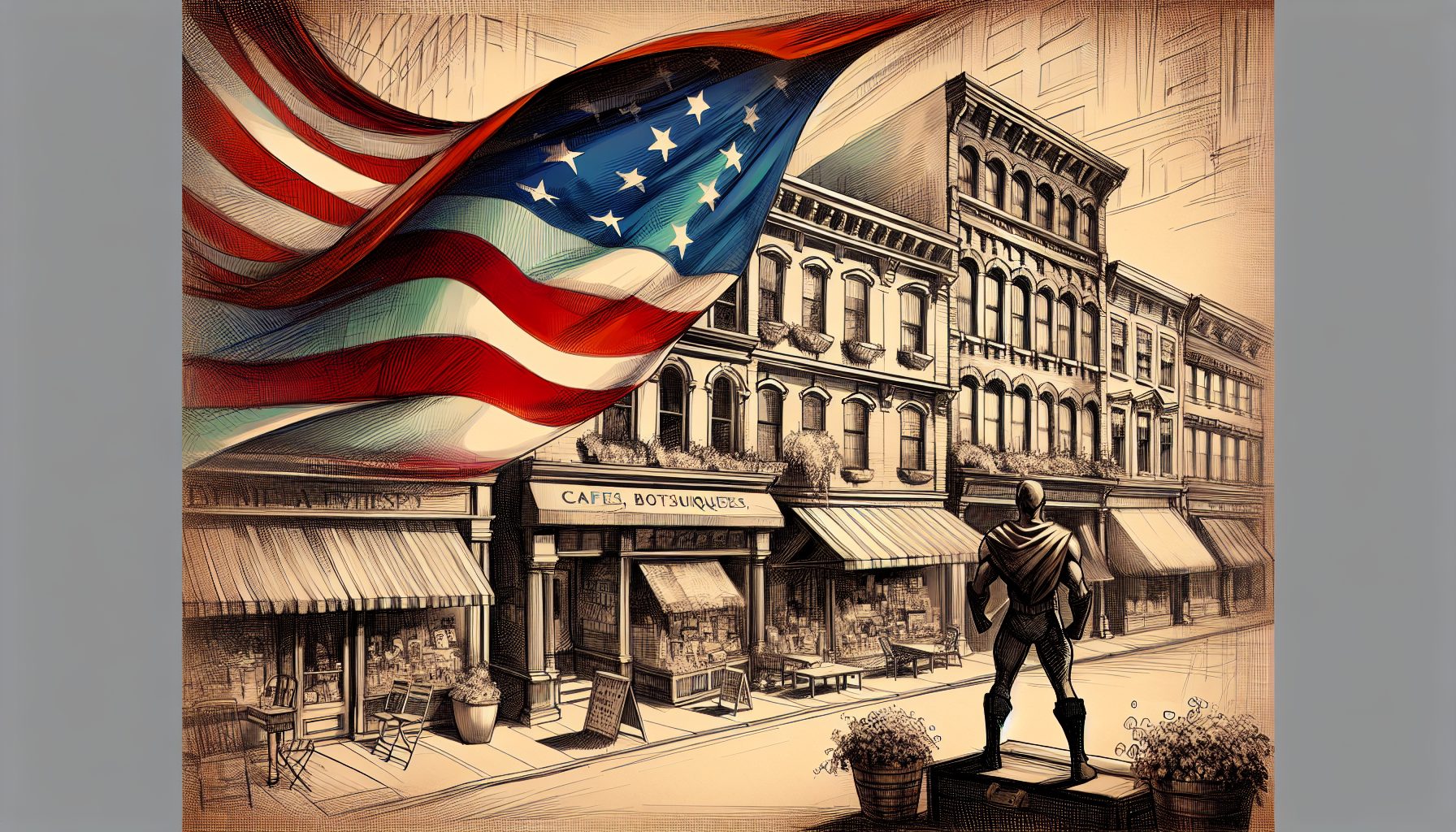THE OBSTACLE
Former Mattel executives agree that the company had competitive intelligence pointing to a desire among 8-to-12-year-old girls for a bolder, hipper Barbie—but Mattel failed to act. Ultimate responsibility for protecting a company’s crown jewel lies in the hands of the chief executive officer. But information-technology managers can take steps to ensure their chief executives get the right competitive intelligence, at the right time, with the tools they need to interpret it correctly.
THE RESPONSE
Make sure your competitive intelligence system is strong enough to pinpoint potential threats. Good competitive intelligence systems will help companies become aware of threats that may not even exist yet. That involves having technology to identify and analyze current trends and predict future consumer patterns, such as the desire of every 8-year-old girl to be the next American Idol. Services from companies like Scarborough Research measure the lifestyles, shopping patterns, media behaviors and demographics of consumers to spot such trends at early stages.
Constantly evaluate your system to ensure it’s as strong as it can be. The field of competitive intelligence is changing rapidly, particularly as the Internet plays an increasing role in consumers’ shopping patterns. Firms like VNU (which includes ACNielsen) can now triangulate store purchases against television viewing, magazine readership and Internet browsing, and recommend where companies need to focus their advertising dollars. Technology managers need to make sure they’re not missing out on a new insight that their competitors may be exploiting.
Establish an early warning system. Not only do executives need to know what’s happening in their markets, but they need to know it early enough to act. Ben Gilad, a competitive intelligence consultant, says smart organizations set up formal groups with representatives throughout their business units and ask them to pore over competitive data and gather field reports. Those bodies report directly to the CEO. There are any number of tools the groups can use to instantly communicate perceived threats—from e-mails, to instant messaging, to intranet and blog postings.
Be ready to justify the cost of upgrades. Today’s competitive intelligence systems can be expensive. For instance, ACNielsen gathers data on millions of retail purchases, but its customer contracts run an average of about $3.5 million. If a chief executive balks at those types of fees, provide examples of how other companies suffered after they were surprised by an up-and-coming competitor. A company like Netflix might not exist today if Blockbuster Video had done away with late fees several years earlier. And a company like Mattel might not be worrying about a bunch of Bratz.








